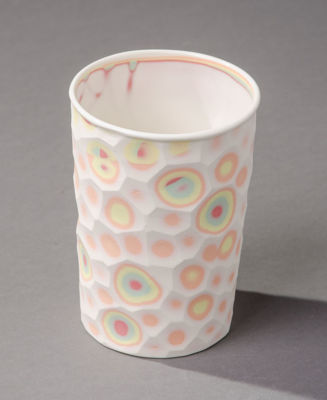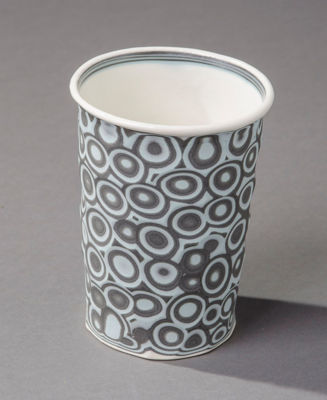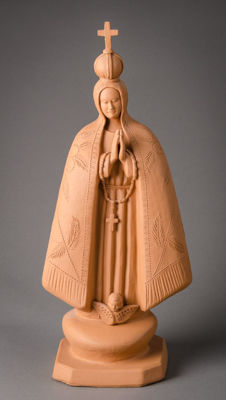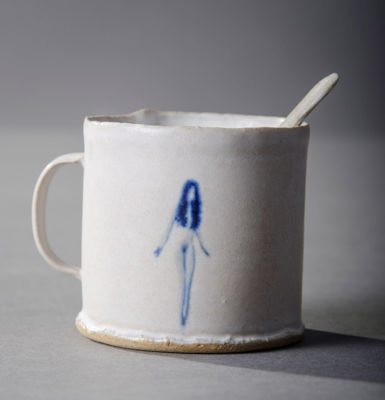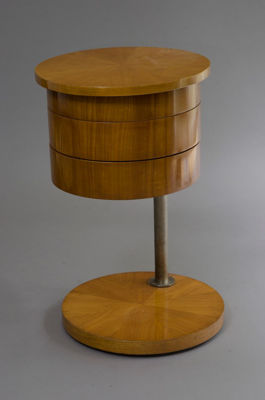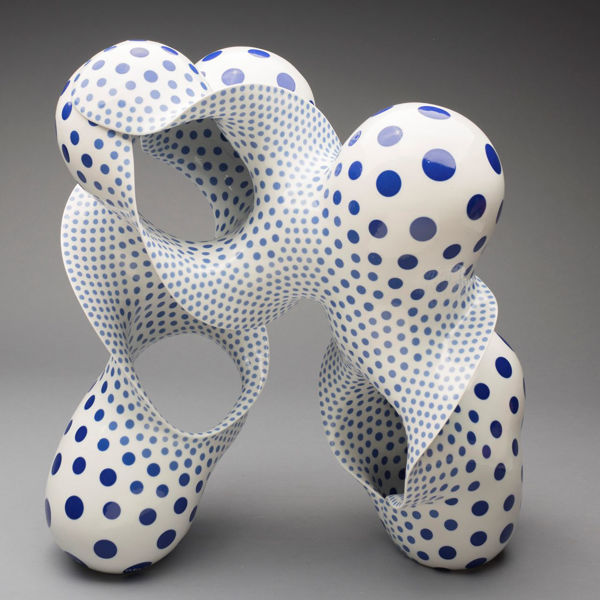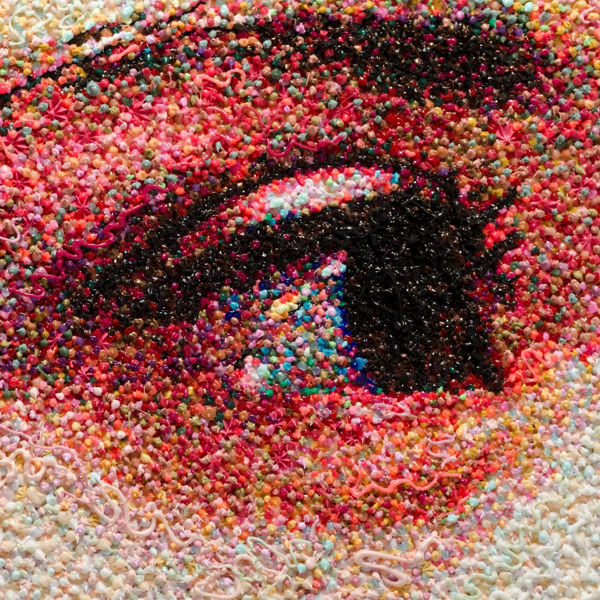Decorative and Design
Title: Nossa Senhora Grande
Our Lady Large (one found online doesn't have cross on headdress)
Title: Nova Claret Jug
Gouda is a style of Dutch pottery named after the city of Gouda. Gouda pottery gained worldwide prominence in the early 20th century and remains highly desirable to collectors today. Gouda pottery is diverse and visually distinctive in appearance, typically illustrated with colourful and highly decorated Art Nouveau or Art Deco designs. Six pieces: Two Nova claret jugs (1925), Dorian planter (1925) and low bowl (1923), and Indus vase and lantern (c.1930)
Title: Nova Claret Jug
Gouda is a style of Dutch pottery named after the city of Gouda. Gouda pottery gained worldwide prominence in the early 20th century and remains highly desirable to collectors today. Gouda pottery is diverse and visually distinctive in appearance, typically illustrated with colourful and highly decorated Art Nouveau or Art Deco designs. Six pieces: Two Nova claret jugs (1925), Dorian planter (1925) and low bowl (1923), and Indus vase and lantern (c.1930)
Title: Occasional Table
Art Deco-informed occasional table set, designed & fabricated in Germany in the late 1920s from Pearwood. The unique modular design allows access to each of the tiered drawers with a rotary motion, the table pivoting on the nickel-plated steel axis.
Title: Octagonal Box Caneware
Early 19th century Wedgwood box, in Caneware with applied Rosso Antico fruiting vines in relief. The tan-coloured, unglazed stoneware was relatively rarely used for decorative or display objects over the period, more commonly used for cooking utensils or serving dishes — particularly a selection of game pie dishes — as Josiah Wedgwood recognised the ware’s potential for simulating an impression of pastry crust. Provenance: Property of the Saint Louis Art Museum, Sold to benefit the acquisition fund. One corner of box professionally restored. One saucer with slight rim chip.






